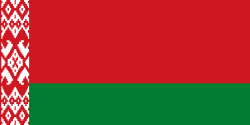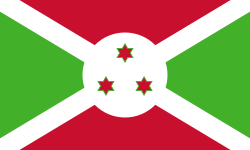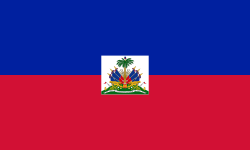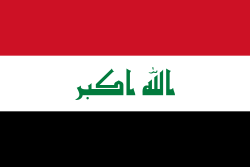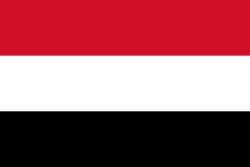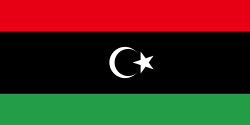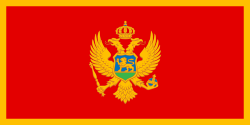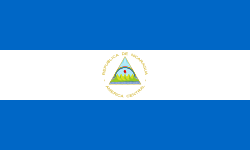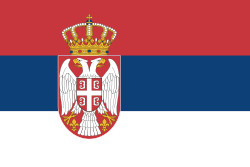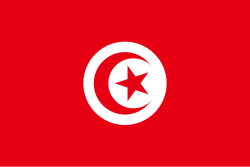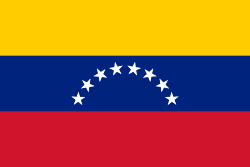Europeiska unionens restriktiva åtgärder
Europeiska unionens restriktiva åtgärder är sanktioner som Europeiska unionen kan vidta mot tredjeländer eller andra aktörer i omvärlden. Det är ett viktigt instrument inom den gemensamma utrikes- och säkerhetspolitiken och en del av unionens yttre åtgärder. Restriktiva åtgärder kan vidtas mot bland annat regeringsorgan, företag, organisationer och enskilda individer och innefatta till exempel vapenembargo, reserestriktioner, frysta tillgångar och andra ekonomiska åtgärder, såsom import- och exportrestriktioner.[1]
Syfte
Syftet med de restriktiva åtgärderna är att främja internationell fred och säkerhet, förebygga konflikter, stödja demokrati, rättsstatens principer och mänskliga rättigheter samt försvara folkrättens principer.[2]
Beslutsprocess
Restriktiva åtgärder antas som beslut av Europeiska unionens råd med enhällighet på förslag av den höga representanten för utrikes frågor och säkerhetspolitik. Genom beslutet blir medlemsstaterna förpliktade att genomföra de föreskrivna sanktionerna. Samtidigt antar rådet med kvalificerad majoritet en förordning som genomför beslutets bestämmelser i unionsrätten och som därmed får allmän giltighet.[3] Europeiska kommissionen ansvarar för att övervaka medlemsstaternas efterlevnad av dessa rättsakter och kan väcka talan om fördragsbrott vid EU-domstolen om en medlemsstat inte skulle verkställa de överenskomna sanktionerna – detta har dock aldrig hänt.[1]
Gällande restriktiva åtgärder
EU har en lång rad restriktiva åtgärder i kraft per den 26 februari 2022:[4]
Sanktioner mot tredjeländer
| Den här artikeln ger inte ett tillräckligt sammanhang för oinsatta läsare i ämnet. (2022-03) Motivering: Här saknas information angående vad för typ av sanktion osv. Hjälp gärna Wikipedia att förbättra artikeln med en tydligare inledning. Diskutera på diskussionssidan. |
EU har olika typer av sanktioner i förhållande till följande tredjeländer (dvs. icke-EU-länder):
 Afghanistan
Afghanistan Belarus
Belarus Bosnien och Hercegovina
Bosnien och Hercegovina Burundi
Burundi Centralafrikanska republiken
Centralafrikanska republiken Guinea
Guinea Guinea-Bissau
Guinea-Bissau Haiti
Haiti Irak
Irak Iran
Iran Jemen
Jemen Kina
Kina Kongo-Kinshasa
Kongo-Kinshasa Libanon
Libanon Libyen
Libyen Mali
Mali Moldavien
Moldavien Montenegro
Montenegro Myanmar
Myanmar Nicaragua
Nicaragua Nordkorea
Nordkorea Ryssland
Ryssland Serbien
Serbien Somalia
Somalia Sudan
Sudan Sydsudan
Sydsudan Syrien
Syrien Tunisien
Tunisien Turkiet
Turkiet Ukraina
Ukraina USA (motsanktioner för att hindra vissa amerikanska sanktioner från att få verkan inom EU)
USA (motsanktioner för att hindra vissa amerikanska sanktioner från att få verkan inom EU) Venezuela
Venezuela Zimbabwe
Zimbabwe
Andra sanktioner
Unionen har även vidtagit särskilda sanktioner gällande:
- Cyberattacker
- Kemiska vapen
- Mänskliga rättigheter
- Terrorism
Se även
- Europeiska unionens internationella relationer
- Europeiska unionens yttre åtgärder
- Internationella reaktioner mot Ryssland i samband med Ukraina-krisen
Referenser
| EU-portalen – temasidan för Europeiska unionen på svenskspråkiga Wikipedia. |
Media som används på denna webbplats
A drawing of a hand-held whisk broom, leaning upright, with a short brown handle and yellow bristles (tied with a red strap). This image is often used in many Wikipedia sites to denote "clean-up" activities, such as in messages which request the copy-editing of text.
Flag of Iran. The tricolor flag was introduced in 1906, but after the Islamic Revolution of 1979 the Arabic words 'Allahu akbar' ('God is great'), written in the Kufic script of the Qur'an and repeated 22 times, were added to the red and green strips where they border the white central strip and in the middle is the emblem of Iran (which is a stylized Persian alphabet of the Arabic word Allah ("God")).
The official ISIRI standard (translation at FotW) gives two slightly different methods of construction for the flag: a compass-and-straightedge construction used for File:Flag of Iran (official).svg, and a "simplified" construction sheet with rational numbers used for this file.
Flag of South Sudan (originally of the Sudan People's Liberation Army/Movement)
Flag of Syria. Originally flag of the Syria Revolution (from 2011), de facto flag of Syria beginning December 2024, official beginning March 2025.
The Flag of Europe is the flag and emblem of the European Union (EU) and Council of Europe (CoE). It consists of a circle of 12 golden (yellow) stars on a blue background. It was created in 1955 by the CoE and adopted by the EU, then the European Communities, in the 1980s.
The CoE and EU are distinct in membership and nature. The CoE is a 47-member international organisation dealing with human rights and rule of law, while the EU is a quasi-federal union of 27 states focused on economic integration and political cooperation. Today, the flag is mostly associated with the latter.
It was the intention of the CoE that the flag should come to represent Europe as a whole, and since its adoption the membership of the CoE covers nearly the entire continent. This is why the EU adopted the same flag. The flag has been used to represent Europe in sporting events and as a pro-democracy banner outside the Union.

